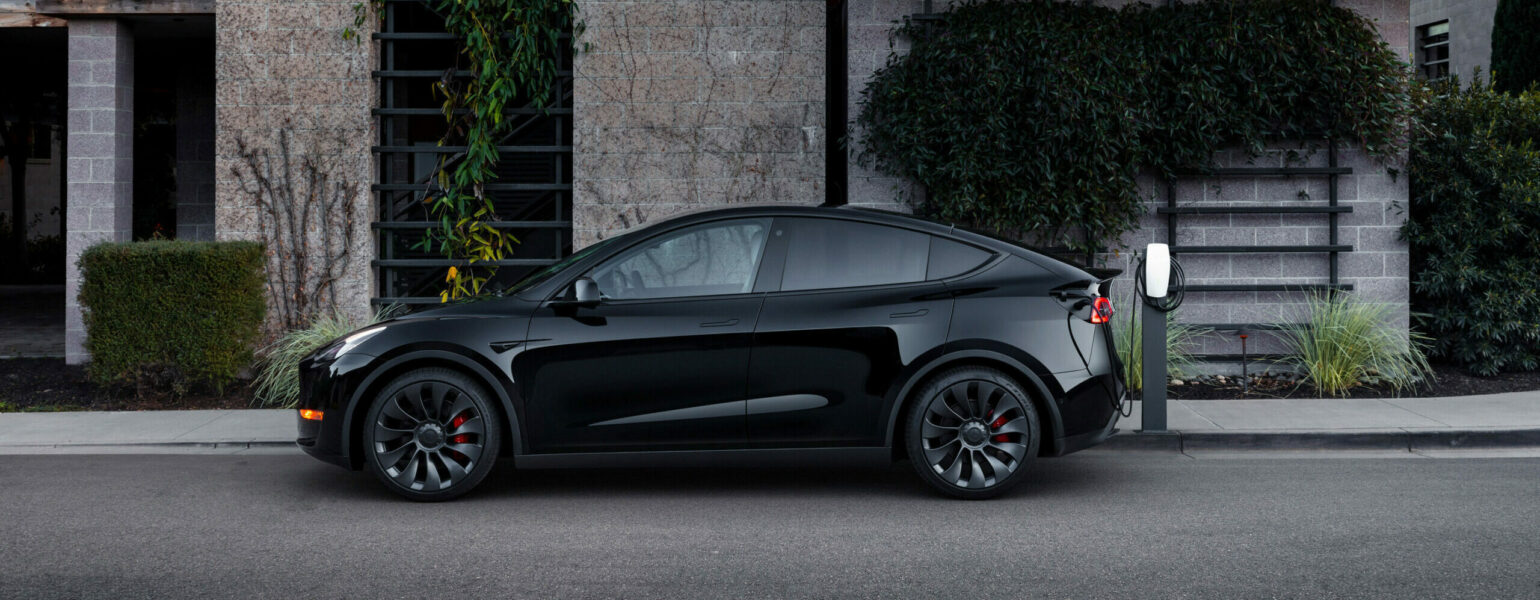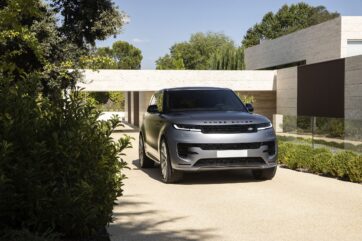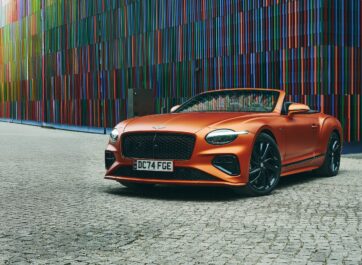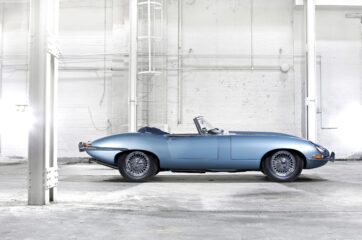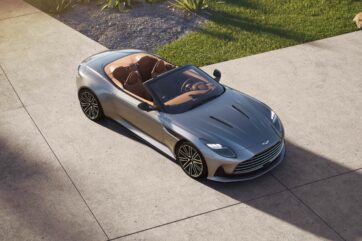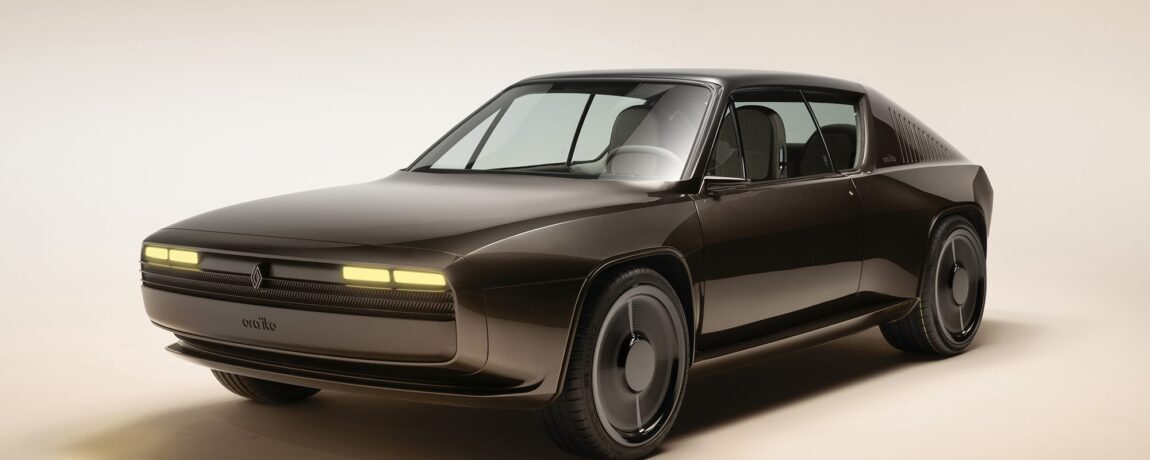
Retro Models Being Recharged
There is no secret to the fact that uptake for electric cars has not been as high as initially expected. Manufacturers were announcing almost on a weekly basis that by a certain date their whole line up would be free of combustion engines, something that many have now changed their plans about entirely. Major brands like Mercedes Benz, Ford, Aston Martin and Jaguar had ambitious plans for all-electric line ups before the combustion engine ban, but all have either postponed their plans or made a U-turn entirely.
Electric car demand is of course driven by customers and if the buying public cannot be given a good enough reason to switch from their petrol or diesel vehicles, they simply will keep the cars they have. Incentives to make the switch have been sadly lacking, especially in this country, with the Polestar CEO even saying the UK is the worst in Europe for government incentives.
So if the government aren’t willing to incentivise the buying public, what can car manufacturers do to help drive the appeal. The answer more recently seems to lie in nostalgia. The popularity of certain models from the 1980’s and 1990’s have seen such a rise in demand in recent years that brands have decided to take a look at their back catalogue in order to reinvigorate the stalling EV market. Here is a look at some iconic former badges that are making a comeback in EV form:
Renault 5
With the Mini and Fiat 500 being the sales successes that they have been, and now looking to continue that success in EV form, many manufacturers must have been looking at their previous models to see if they can pull off the same trick. One of the brands who have a plethora of options in that respect is Renault (as seen by appearing in this list 3 times). If any car can offer the same retro appeal in a new modern format from the Renault archives it would be the much loved ‘5’.
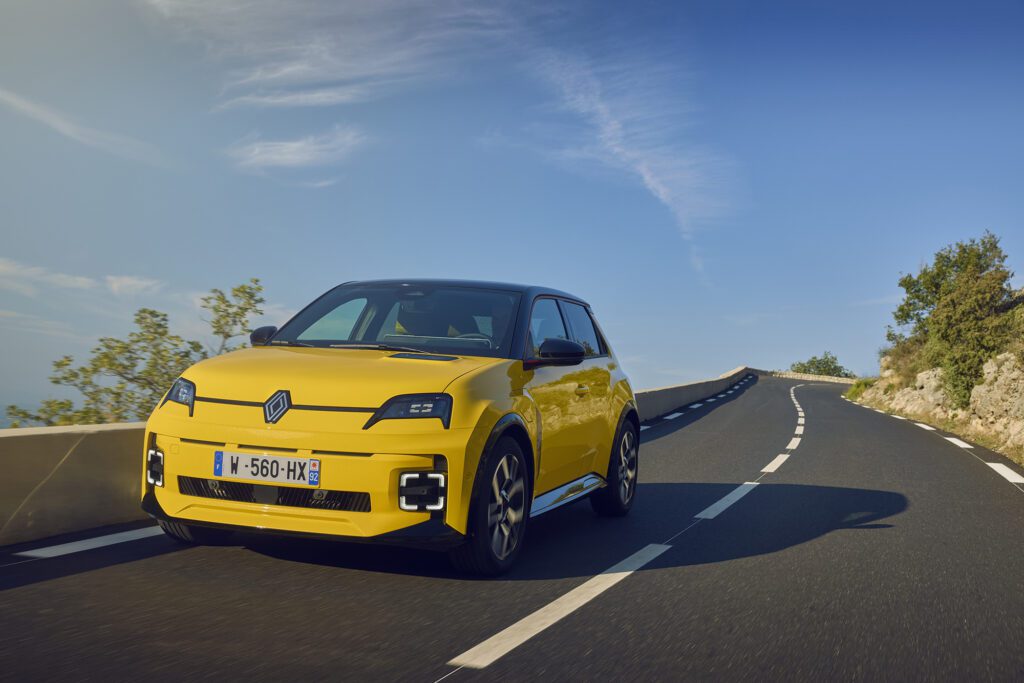
The Renault 5 was a sales phenomenon for the brand, with over 5.5 million sold in its heyday of the early 1970’s to mid-1980’s, and over 9 million sold in total. In early 2024 Renault teased the revived 5 as an all-electric hatchback with styling more than influenced by the iconic original. It’s all there, the vertical taillights, sloping rear window, squared off headlights, flat badging and chunky stance, the appearance is unmistakably Renault 5. There’s even a range of 3D-printed accessories to keep the retro theme going, including the very useful ‘baguette holder’ that the concept so famously was equipped with.
Renault are understandably keen to make a success of the relaunch of one of their most iconic cars and a lot will have been learned from the success of the Mini and Fiat models. A lot has been done to ensure the new Renault 5 appears sporty and fun to drive, just what made the relaunch of the MINI so successful and has been its party piece ever since. It may not be as cheap or accessible as the original, with prices rising to around £35,000 for one with a high specification, but it certainly is a lot more affordable than most electric cars these days. Early indications show that the new Renault 5 has a lot of appeal and is certainly something more interesting amongst the sea of bland SUV currently dominating the EV landscape. The promise of a ‘hot’ Alpine version will surely only add to the demand.
Ford Capri
Whereas Renault took one of their most iconic models and recreated it in modern EV form for the 21st century, Ford have certainly taken a different approach with the new Capri. Ford have a history of reusing popular badges and adding them to completely different vehicles but with a lot of success. Who would have thought that the angular styled slow-selling Cougar of the late 1990’s/early 2000’s would become a huge selling mid-size SUV in the form of the Kuga, and the iconic small coupe Puma would follow the same path and become Ford’s, and the UK’s, biggest selling car of recent years.
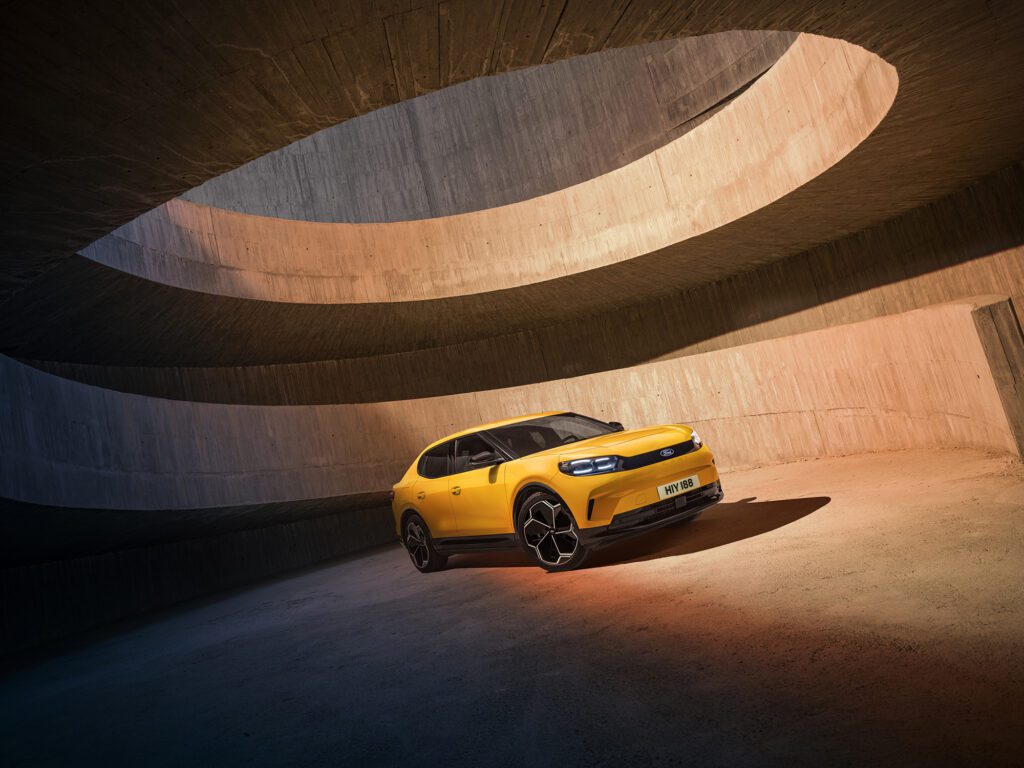
They are hoping the same becomes true of the new Ford Capri, by turning their legendary fastback coupe of the 1960’s-1980’s into a small all-electric SUV. Only slightly less sacrilege than the Mustang badge gracing the Mach-E EV, the idea of a Capri also being given the same treatment has not gone down well with fans of the original. Their promise of ‘sports car soul in a practical SUV’ does little to appeal to ‘fast Ford’ fans. Yet they have done this before and the results have spoken for themselves.
The Kuga, Puma and Mustang Mach-E are proof that Ford know what they are doing and that a badge doesn’t necessarily have to mean a reworking of the existing model. At the end of the day, the range of almost 400 miles, 0-62mph time of just over 5 seconds and the fact that prices start at £42,000 mean that if you are looking for a small electric SUV, the Capri is a very tempting prospect. Whether the appeal of the name is adding or taking away from the appeal remains to be seen.
Opel Manta Coupe
Opel (or Vauxhall in the UK) have tempted fans of the brand with a concept version of something they hope will bring a bit of excitement to the EV marketplace, the iconic Manta Coupe. Though they have stated there are no plans to put the car into production, stranger things have happened, especially if there is enough demand from the public. The Opel Manta Coupe was a rival to the aforementioned Ford Capri in the 1970’s and 80’s and was an accessible sports coupe amongst the sea of business saloon cars at the time.
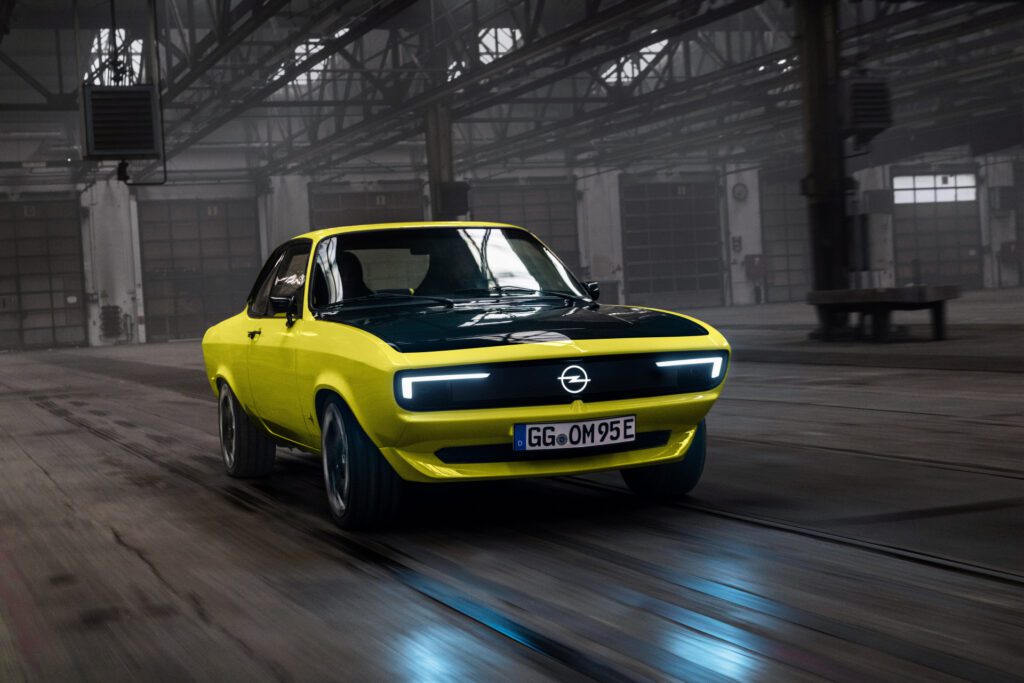
The Manta GSe ElektroMOD, to give it its full title, does more than take the styling of the original, the concept actually uses an original Manta Coupe body. Obviously this would be recreated for a production version rather than the need to source so many shells to restore. The bodywork maybe from the original but the full width digital front grille and 3D LED rear lighting is right up to date, as are the interior controls and screens taken from the latest Mokka.
The all-electric running gear may ‘only’ produce 145bhp but it still makes it the most powerful Manta ever made. The range of 124 miles may not sound like a lot but a lot of this would be to do with the packaging of the running gear and batteries having to fit in the 1970’s body and chassis. This may be a concept for now but depending on the demand it may well be a car that the brand considers to put into production in the not so distant future, Especially with so many other manufacturers using the appeal of previous models to drive their EV ranges.
Morris JE
Not content with merely reinvigorating a new model for the EV generation, a whole brand is making a comeback to appeal to a new generation. Morris were one of the most iconic brands of yesteryear, from the Morris 8 of the 1930’s, to the Minor of the 1950’s and the Mini of the 1960’s. They also had one of the most iconic commercial vehicles of the 1950’s in the shape of the J-Type van. Dependable, capacious and uniquely styled, the J-Type was a global hit that drew significant sales for the brand.
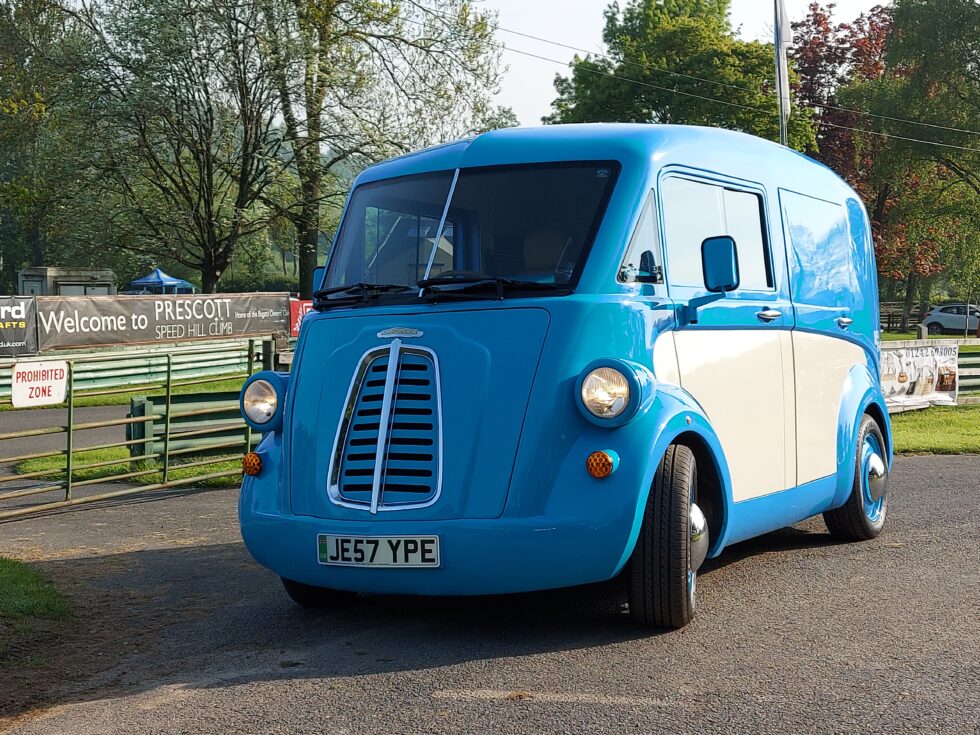
In a bid to reinvigorate the often bland and featureless commercial vehicle sector, the J-Type is back as an all-electric van for the style conscious businesses looking for something different. With styling heavily borrowed from the much-loved original commercial vehicle of the 1950’s yet with modern features aplenty such as carbon fibre body construction and cutting-edge battery technology, the Morris JE does more than enough to stand out.
With a range of 250 miles, the ability to charge to 80% in just 20 minutes and an innovative and customisable interior dependant on your requirements, the Morris JE has all the practical features to stand out on its own. The fact that it looks like nothing else on the road and gives a nostalgic nod to Britain’s industrial past means that it can offer more than most other commercial vehicles can come anywhere near.
Renault 17
In the same way that the Opel Manta concept was unveiled as a ‘restomod’ concept and was not intended for production, Renault have offered something very similar with the preview of the new 17. The Renault 17 of the 1970’s was a coupe bodied version of the Renault 12 and sold alongside the similar Renault 15. With mechanicals and structure derived from other models at the time, the bodywork for the 2 models was completely new.
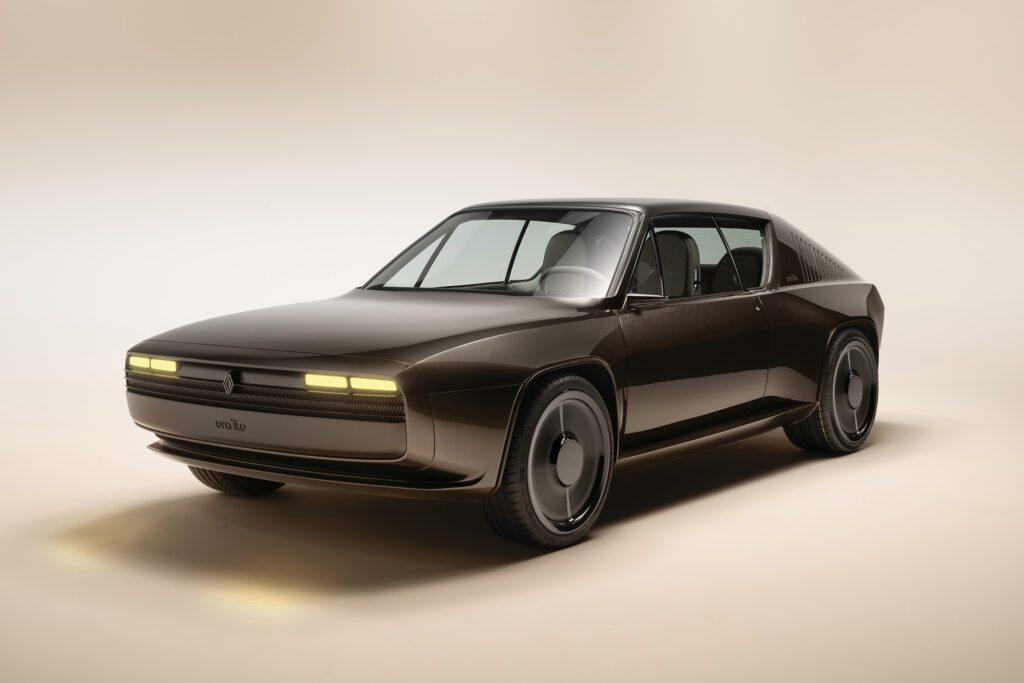
Rival at the time to the Ford Capri and Vauxhall Firenza/Manta, the 17 was described as ‘a combination of attractive styling, excellent comfort and high level of equipment’ by Autocar magazine. The new ‘R17’ takes on a very similar ethos and has certainly upped the style stakes. Thoroughly designed with retro influences from the previous model, yet with clever additions of the latest technology, the R17 even sports a period appropriate ‘Galactic Brown’ colour scheme straight from the 1970’s era. The interior is also awash with brown dashboard, brown leather with grey fabric inserts to the stylish seating, square digital gauges and even a ‘neo-rectangular’ leather and fabric steering wheel.
A concept it may be, for now, but with details shared such as the 199kW electric motor offering 270 horsepower and the fact it can manage 248 miles of range, it appears more ‘ready to go’ than they would have you believe. With Renault on more than a bit of a roll with their retro themed electric models (another one features below) surely the EV market could do with a stylish coupe as well as the usual hatchback and SUV options.
Triumph TR2
Whilst the Opel Manta and Renault 17 may yet make production with enough demand, there is a sports car concept with a very famous brand name that as yet is more likely to not enter production, though it could quite easily. To celebrate 100 years of iconic sports car manufacturer Triumph, the TR25 was unveiled. Yet all is not as it seems.
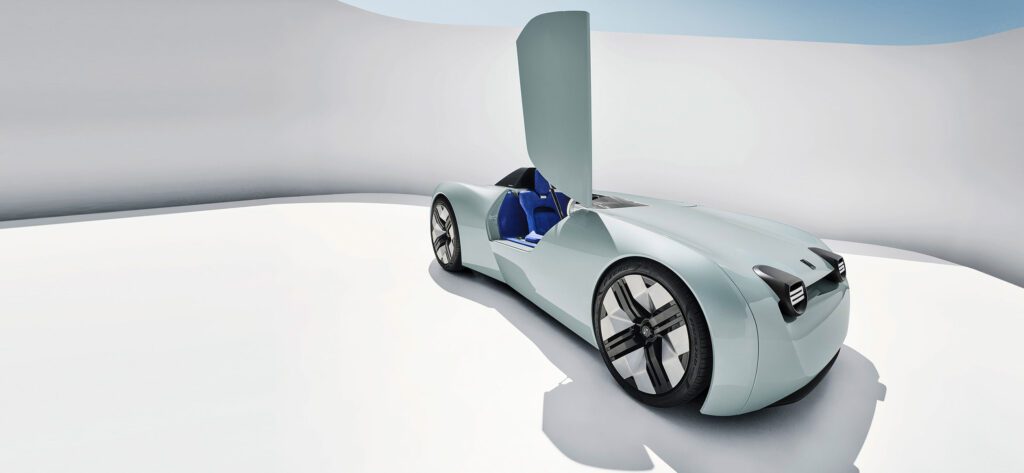
Bizarrely the Triumph brand is these days owned by BMW since it bought Rover in the 1990’s. When British design house Makkina approached BMW with their plans for a homage to the 1953 TR2 in record breaking aero-optimised format, the company said yes. As part of the plans this meant using one of BMW’s cars as the base for the concept, but not an M4 or Z4 or even an i8, the underpinnings of the TR25 are in fact an i3S. Sharing the same 184bhp motor, the 42kWh battery pack and chassis of the all-electric city car.
The results of the lighter aerodynamically efficient carbon fibre bodywork means that the TR25 is almost 2 seconds quicker than the i3 however, at just over 5 seconds to 62 mph, and can hit 115mph instead of a pedestrian 99mph. Thanks to 50:50 weight distribution, the 30mm lowered ride height and the fact it weighs little over 1,000kg, it also corners much more effectively than the donor car. It may not be scheduled for production as yet, but with the i3S’s running gear, chassis and batteries forming the mechanicals, there’s no reason why it couldn’t. Here’s hoping.
Renault 4
Renault saw the success and appeal that the Citroen 2CV was enjoying and thought they would attempt to release a competitor to the iconic French economical car for the people. Launched in the early 1960’s and on sale right up until the early 1990’s, the Renault 4 sold 1 million cars in just 4 years since it was launched, with the final total coming in at over 8 million cars. It’s simple construction, low running costs and practicality meant it was a huge sales success.
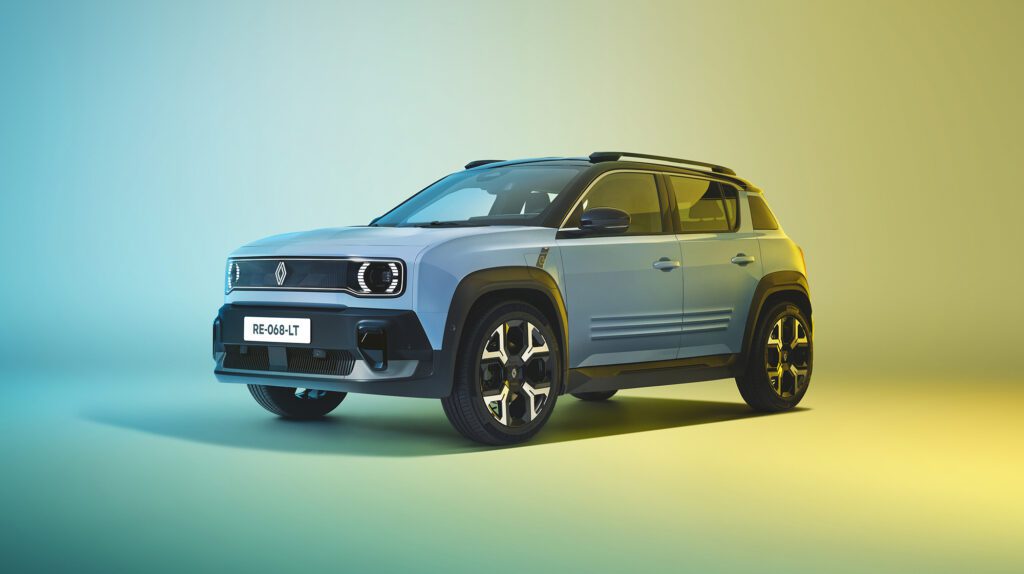
When Renault announced the return of the legendary 5 to please small car and hot hatchback fans, it was surely only a matter of time before the much loved 4 would also make a return. Featuring the same blend of retro styled influences and design cues mixed with the latest technology and innovative features, the new Renault 4 has all the right recipe for the same potential success.
Larger and more practical than the 5, the Renault 4 is as fitting for today’s all-electric family requirements as the original was back in the early 1960’s, save for the simple engineering and budget pricing of course. But it is enough to stand out amongst the crowd of drab similar looking SUV’s that seem to have flooded the market these days, and if you are going to purchase a small electric vehicle for the family, why wouldn’t you want it to be a cool retro styled car that harks back to the one you or your parents used to own.
David Brown Mini eMastered
Not strictly the rebirth of a new model as such, but surely there is no other way to look as cool or as retro with an electric vehicle as there is with this one. David Brown Automotive started with their Speedback GT, a retro styled Aston Martin influenced design grand tourer that looked exquisitely vintage yet had the relatively modern underpinnings of a Jaguar XK. They then took their hand built bespoke design creations even further with their ’Mini Remastered’ vehicles, taking the original Mini and creating a masterpiece of customisation, craftsmanship and attention to detail.
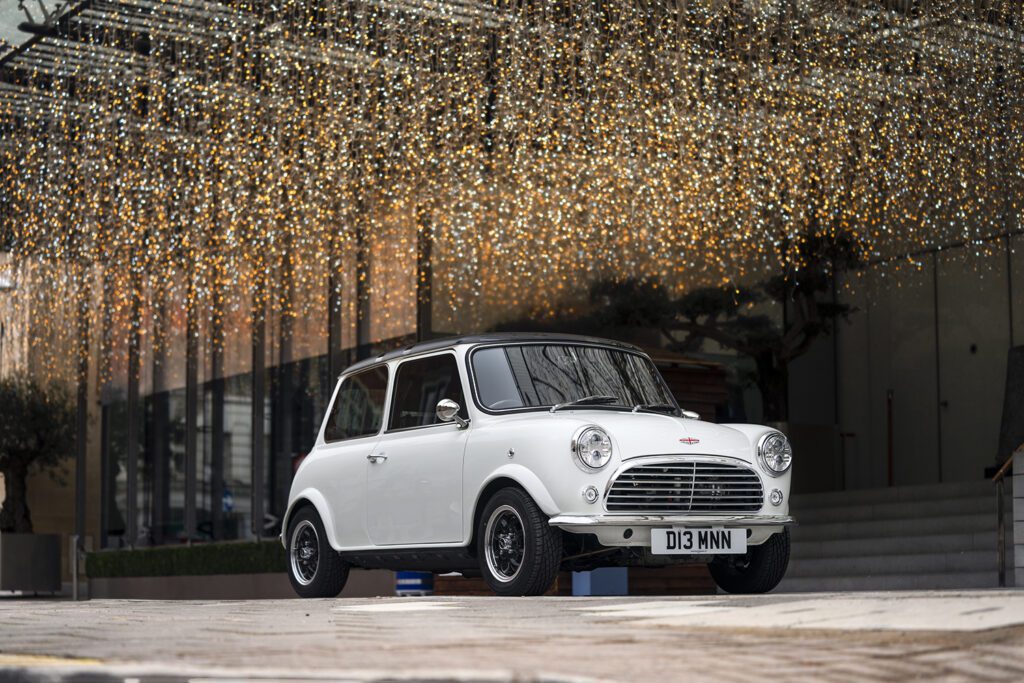
Now they have the Mini eMastered range, taking the very same ideals but replacing the combustion engine with a spritely zero-emissions quiet electric motor. It may be small and look like it came from the 1960’s but purchasing a David Brown Automotive Mini is a journey of bespoke tailoring, integration of the latest technology and reengineering of one of the most iconic vehicles of all time.
The legendary Mini handling remains yet the 72kW electric motor and 18.8kWh battery ensures the Mini eMastered can accelerate from 0-62mph in 8.5 seconds and has an electronically limited top speed of 92mph yet comes with a useful 110-mile range and can fully charge in just 3 hours. For those looking for the perfect way to ease themselves into the world of all-electric motoring whilst holding on to everything they loved about the past, there is surely no better way to travel. Though the starting price of £125,000 for one of their eMastered creations means they might be even more expensive than most EV’s despite their size.
Oracle Electric Car Finance
At Oracle Finance we have your next car’s funding sorted, whether it is electric or however it is powered. Our expert Account Managers use our panel of over 20 specialist lenders to help you to find the perfect package, bespoke to you and your circumstances. Our team are always on hand should you have any questions about arranging car finance and your dedicated Account Manager is ready to take your call today.
With over 2,500 Trustpilot reviews and a overall rating of 5 out of 5, and as four-time consecutive award winners of the Best Specialist Car Finance Provider award from 2020 onwards, you too can find out why thousands of people trust us time and time again to find a smarter, tailored funding solution when looking for your next dream car.
Make sure you follow us on Instagram, LinkedIn and Facebook to keep up to date with what’s happening in the market and to see some stunning photos and videos of the amazing cars we fund.
